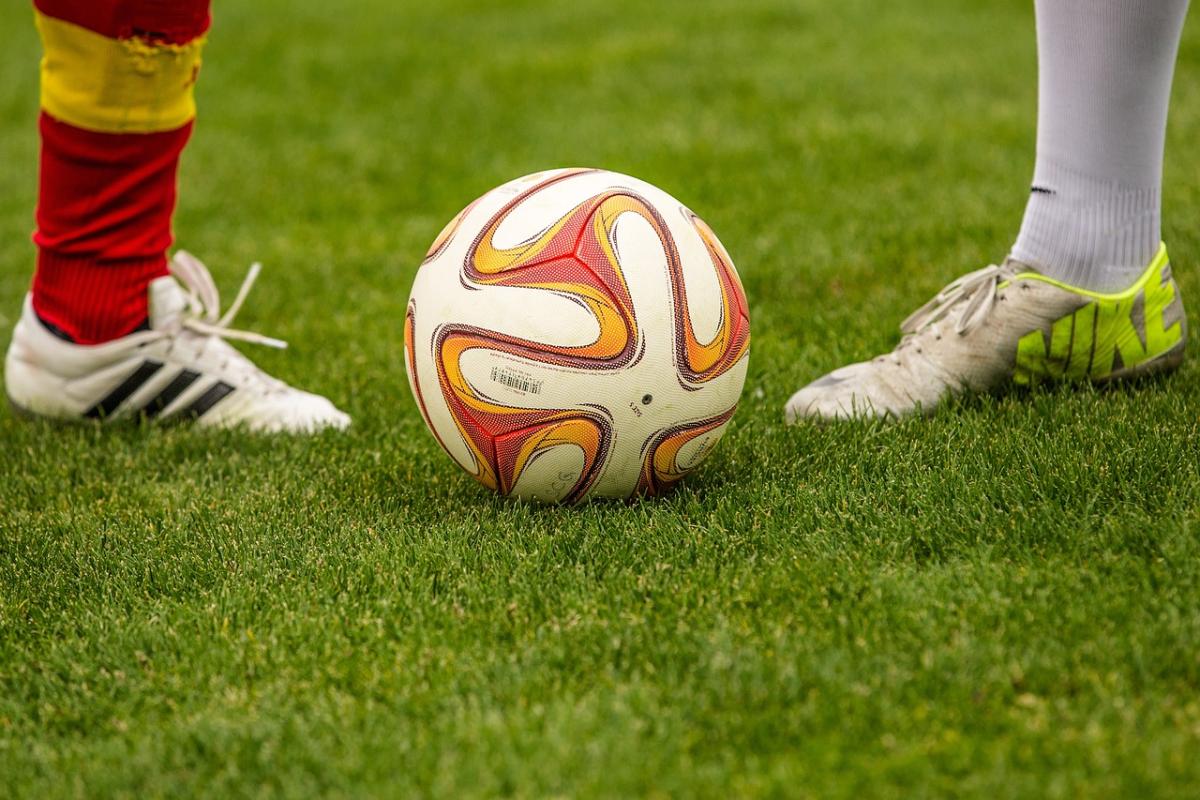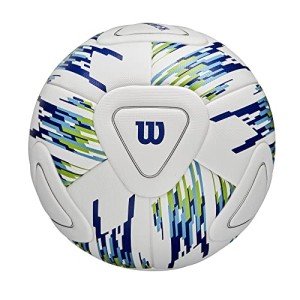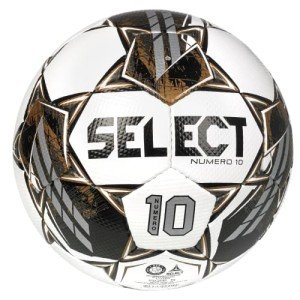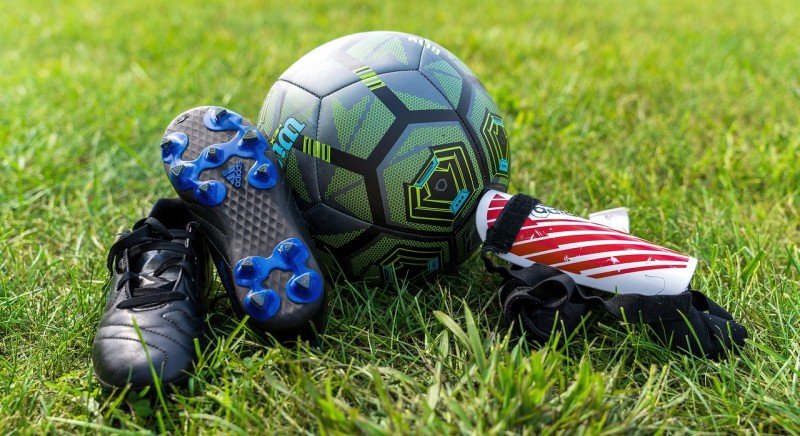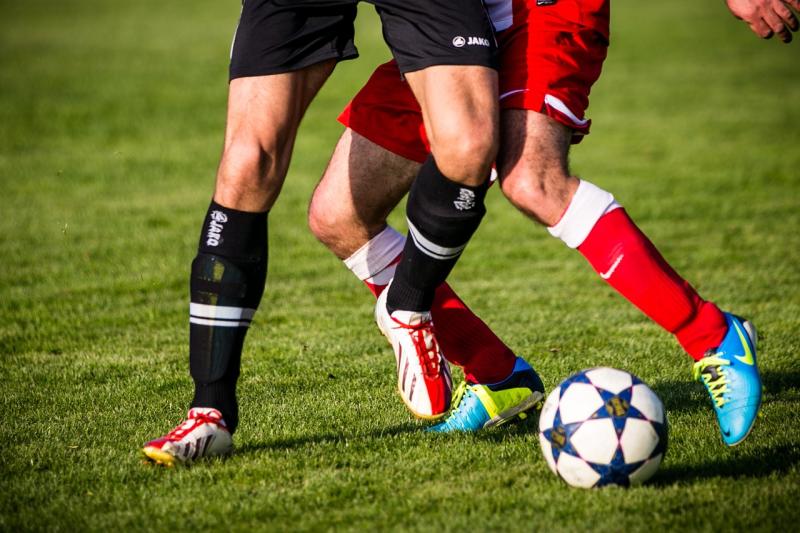Not all soccer balls are created equal. Whether you’re perfecting your free kick, dominating weekend games, or just learning the ropes, choosing the right soccer ball can make a big difference in how you play. From futsal to match day, from turf to street, this guide will break down everything you need to know about the different types of soccer balls, sizes, materials, and how to keep them in top shape.
Match Balls: Premium Quality for Top Performance
If you're playing in official matches or just want that professional feel, match balls are the gold standard. These balls are built to deliver maximum precision, touch, and flight consistency. Most high-end match balls are FIFA Quality Pro certified, meaning they meet the top criteria for roundness, weight, water absorption, and rebound.
Match balls typically use high-grade polyurethane (PU) on the surface and are hand-stitched or thermally bonded for superior feel and durability. Expect a higher price tag, but also expect peak performance — these are the balls used in the Champions League, World Cup, and elite-level leagues around the world.
Training Balls: Built to Last
Training balls are your everyday heroes. Whether you’re running drills, scrimmaging with friends, or just getting your touches in, training soccer balls are designed for repeated use and long-term durability. They’re usually made from PVC or a tougher PU blend and may be machine-stitched for cost-efficiency.
These balls might not feel as crisp or perform as smoothly as match balls, but they’ll take a beating and keep on rolling. They’re also usually priced lower, making them a smart choice for youth teams, schools, and backyard players.
Futsal Balls: Control in Tight Spaces
Playing futsal? You’ll need a specific ball made for the fast-paced, indoor game. Futsal balls are smaller and heavier than standard soccer balls and are designed with a low bounce for tight control on hard courts. Their weight helps improve passing and dribbling in small spaces, making them perfect for players working on close control and fast footwork.
Look for balls labeled as "futsal" – using a regular ball on an indoor court won’t give you the same feel or results.
Street and Turf Balls: Tough Skins for Rough Surfaces
If you play on artificial turf, concrete, or asphalt, you’ll want a ball that’s tough enough to handle the surface. Street soccer balls are typically reinforced with a grittier outer material and often have extra-durable stitching. Turf balls are similar to training balls but feature slightly different designs to work better with artificial surfaces.
These balls aren’t just about survival — they’re also about performance. A good street ball will feel great at your feet, resist abrasions, and maintain its shape through tons of wear and tear.
Kids' and Youth Balls: Start Small, Play Big
For young players, choosing the right size ball is essential for proper technique development. Oversized or heavy balls can make it tough for kids to control or kick properly. Here’s a quick breakdown:
-
Size 1 (Mini): Great for skill practice and fun, not for actual games.
-
Size 3: Designed for kids under 8. Light and easy to handle.
-
Size 4: Ideal for ages 8–12. A perfect bridge before moving up.
-
Size 5: The official size for players 13 and older.
Whether they’re just starting out or stepping into competitive play, make sure your young player has a ball that fits their age, size, and skill level.
What Are Soccer Balls Made Of? Materials Matter
Understanding the materials behind the ball can help you pick one that suits your style and setting.
-
Outer Cover: Usually made from PU or PVC. PU offers a softer touch and better responsiveness. PVC is tougher and better for long-term durability (think training and street balls).
-
Panels: Traditional balls have 32 panels, but newer designs might have fewer for better aerodynamics. Thermally bonded panels create a more seamless surface, improving accuracy and water resistance.
-
Bladder: The bladder holds the air. Latex bladders offer a great bounce and feel but lose air faster. Butyl bladders retain air longer and are great for training or recreational play.
-
Stitching/Bonding: High-end balls are often hand-stitched or thermally bonded. Machine-stitched balls are common for training or casual play.
How to Choose the Right Soccer Ball
-
Know Your Purpose: Match play? Practice? Street games? Choose a ball that matches your main use.
-
Pick the Right Size: Don’t skip this. Using the right ball size improves your touch and game sense.
-
Consider Your Surface: Grass, turf, court, or pavement? Choose a ball built for the field you play on.
-
Budget Smart: Match balls cost more but perform better. Training and turf balls are more budget-friendly.
-
Check Certifications: Look for the FIFA Quality mark if you want a game-ready ball.
Soccer Ball Care Tips: Make It Last
Want your ball to last? A little care goes a long way:
-
Clean It Regularly: Wipe dirt off with a damp cloth. Use mild soap for heavy grime.
-
Dry It Out: Don’t let it sit wet. Dry it thoroughly before storing.
-
Proper Storage: Keep it in a cool, dry spot – not in direct sunlight or the back of a hot car.
-
Check Pressure Often: Use a ball pump with a gauge. Most size 5 balls should be inflated to 8.5–15.6 psi.
-
Rotate Use: If you have multiple balls, rotate them to avoid excessive wear on one.
Final Whistle
Whether you’re dribbling down the touchline, juggling in the driveway, or firing shots at practice, the right soccer ball matters. It affects how the game feels, how your skills develop, and how much fun you have.
So pick the one that fits your play style, your field, and your goals. With the right ball at your feet, every touch feels better, every shot hits cleaner, and every game becomes your best yet.
